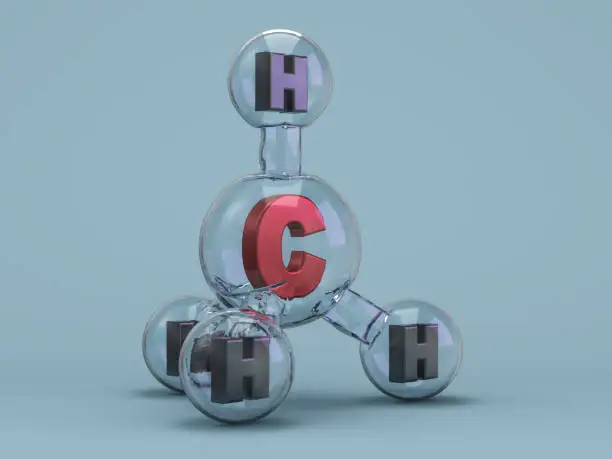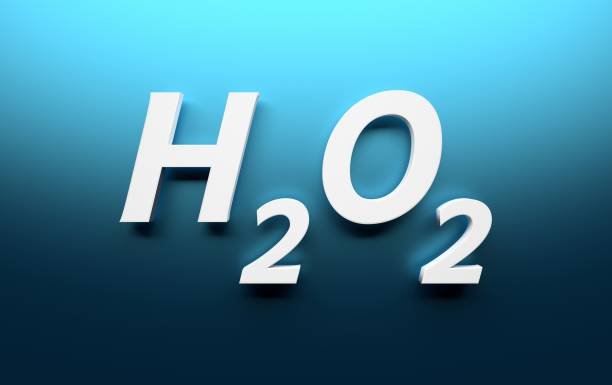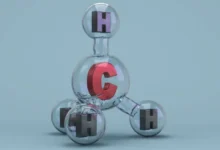
When it comes to exploring complex chemical compounds, few terms generate as much curiosity as hcooch ch2 h2o. Whether you’re a student, a researcher, or just a curious mind browsing for scientific knowledge, understanding hcooch ch2 h2o opens doors to a fascinating world of organic chemistry, molecular interactions, and practical applications.
In this comprehensive article, we will thoroughly explore hcooch ch2 h2o, unpacking its chemical structure, properties, synthesis, and real-world uses. By the end, you’ll have a clear understanding of why hcooch ch2 h2o is important and how it impacts various scientific fields.
What is HCOOCH CH2 H2O?
At its core, hcooch ch2 h2o represents a molecular formula shorthand that points to a compound featuring formate and hydroxymethyl groups linked to water molecules. Breaking down the keyword:
- HCOOCH refers to a formate ester or related functional group.
- CH2 denotes a methylene group, often a bridge between functional groups.
- H2O is water, the ubiquitous solvent in chemistry.
Put together, hcooch ch2 h2o hints at a molecule where a formate ester and methylene group are interacting with water — a scenario common in organic chemistry, biochemistry, and environmental science.
Chemical Structure and Properties of HCOOCH CH2 H2O
To fully grasp hcooch ch2 h2o, it helps to visualize the molecule’s structure.
- The HCOOCH portion is characteristic of formate esters — derivatives of formic acid (HCOOH) where the acidic hydrogen is replaced by an organic moiety.
- The CH2 (methylene) group serves as a linking carbon atom.
- H2O, water, interacts through hydrogen bonding, affecting solubility and reactivity.
This combination creates a molecule with polar properties due to the formate and hydroxyl (water) groups, which enhances its ability to dissolve in aqueous environments and participate in biochemical reactions.
The interplay between hcooch ch2 h2o components influences:
- Solubility: Enhanced in water due to polar groups.
- Reactivity: Susceptible to hydrolysis and esterification reactions.
- Stability: Depends on environmental conditions like pH and temperature.
Synthesis of Compounds Featuring HCOOCH CH2 H2O
Synthesizing molecules that embody hcooch ch2 h2o involves key organic reactions:
- Esterification — forming the formate ester (HCOOCH) by reacting formic acid with an alcohol containing the CH2 group.
- Hydration — incorporating water (H2O) molecules to stabilize or functionalize the compound.
- Hydrolysis — reversing ester bonds under acidic or basic conditions, influenced by water presence.
These reactions are fundamental in laboratory organic synthesis and industrial chemical processes.
Practical Applications of HCOOCH CH2 H2O
You might wonder, “Why does hcooch ch2 h2o matter beyond the lab?” The answer lies in its wide-ranging applications:
1. Pharmaceutical Industry
Formate esters featuring methylene linkages and water interactions are precursors or intermediates in drug synthesis. Understanding hcooch ch2 h2o behavior is crucial for developing stable, effective medications.
2. Environmental Chemistry
Compounds with hcooch ch2 h2o-like structures participate in biodegradation pathways, influencing pollutant breakdown and water quality.
3. Food Science
Some natural flavoring agents and preservatives involve esters similar to hcooch ch2 h2o, affecting taste and shelf life.
4. Polymer Chemistry
The molecular components of hcooch ch2 h2o find roles in creating biodegradable polymers and resins with water-compatible properties.
Health and Safety Considerations
While hcooch ch2 h2o compounds offer benefits, handling them requires care:
- Toxicity: Depending on exact structure, some formate esters may irritate skin or respiratory systems.
- Environmental impact: Proper disposal is essential to prevent contamination.
- Storage: Stability depends on temperature and humidity control.
Always follow material safety data sheets (MSDS) when working with chemicals related to hcooch ch2 h2o.
How to Detect and Analyze HCOOCH CH2 H2O Compounds
Chemists use several analytical techniques to study hcooch ch2 h2o compounds:
- NMR Spectroscopy: Reveals structural information about methylene groups and ester linkages.
- Infrared (IR) Spectroscopy: Identifies characteristic formate ester and hydroxyl group vibrations.
- Mass Spectrometry: Confirms molecular weight and fragmentation patterns.
- Chromatography: Separates hcooch ch2 h2o components for purity and composition analysis.
These methods provide crucial data for research, quality control, and product development.
The Role of Water (H2O) in HCOOCH CH2 H2O Interactions
Water’s role in hcooch ch2 h2o is indispensable. It acts as:
- A solvent enabling chemical reactions and transport.
- A reactant in hydrolysis and hydration reactions.
- A stabilizer through hydrogen bonding.
Understanding the dynamics of water in hcooch ch2 h2o compounds unlocks insights into reaction mechanisms and compound stability.
Recent Research and Future Directions
Scientists continue to explore hcooch ch2 h2o related molecules for innovative applications:
- Designing green chemistry processes minimizing hazardous reagents.
- Developing biodegradable materials using water-compatible esters.
- Investigating enzyme-catalyzed reactions involving formate esters.
Future breakthroughs in hcooch ch2 h2o chemistry could revolutionize pharmaceuticals, environmental science, and materials engineering.

Conclusion: Why HCOOCH CH2 H2O Matters
From its unique chemical structure to its wide applications, hcooch ch2 h2o represents a fascinating chapter in modern chemistry. Whether you are a scientist, student, or enthusiast, appreciating the nuances of hcooch ch2 h2o equips you with a deeper understanding of molecular interactions that shape our world.
Keep exploring, stay curious, and remember: the tiny molecular components like those in hcooch ch2 h2o often hold the keys to big scientific advances.





